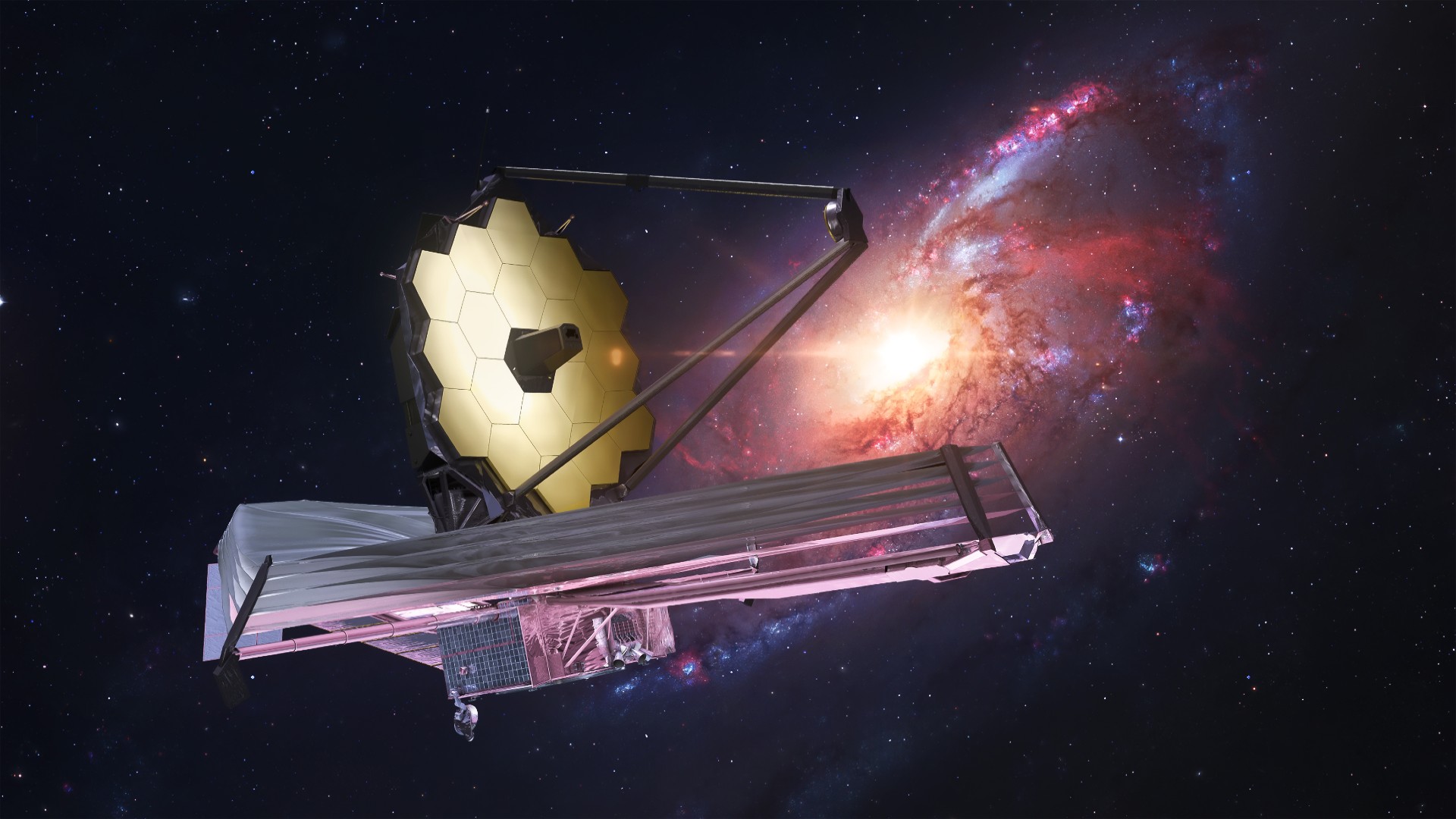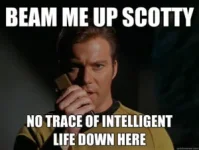- Joined
- Oct 1, 2024
- Messages
- 11,660
- Reaction score
- 5,392
- Gender
- Male
- Political Leaning
- Other
WASHINGTON, April 16 (Reuters) - In a potential landmark discovery, scientists using the James Webb Space Telescope have obtained what they call the strongest signs yet of possible life beyond our solar system, detecting in an alien planet's atmosphere the chemical fingerprints of gases that on Earth are produced only by biological processes.
The two gases - dimethyl sulfide, or DMS, and dimethyl disulfide, or DMDS - involved in Webb's observations of the planet named K2-18 b are generated on Earth by living organisms, primarily microbial life such as marine phytoplankton - algae.
This suggests the planet may be teeming with microbial life, the researchers said. They stressed, however, that they are not announcing the discovery of actual living organisms but rather a possible biosignature - an indicator of a biological process - and that the findings should be viewed cautiously, with more observations needed.
Nonetheless, they voiced excitement. These are the first hints of an alien world that is possibly inhabited, said astrophysicist Nikku Madhusudhan of the University of Cambridge's Institute of Astronomy, lead author of the study published in the Astrophysical Journal Letters.
Very exciting discovery! I'm curious what else they can find out about this planet. The James Webb Telescope seems to be opening doors we never had access to. Exciting times!
The two gases - dimethyl sulfide, or DMS, and dimethyl disulfide, or DMDS - involved in Webb's observations of the planet named K2-18 b are generated on Earth by living organisms, primarily microbial life such as marine phytoplankton - algae.
This suggests the planet may be teeming with microbial life, the researchers said. They stressed, however, that they are not announcing the discovery of actual living organisms but rather a possible biosignature - an indicator of a biological process - and that the findings should be viewed cautiously, with more observations needed.
Nonetheless, they voiced excitement. These are the first hints of an alien world that is possibly inhabited, said astrophysicist Nikku Madhusudhan of the University of Cambridge's Institute of Astronomy, lead author of the study published in the Astrophysical Journal Letters.
Very exciting discovery! I'm curious what else they can find out about this planet. The James Webb Telescope seems to be opening doors we never had access to. Exciting times!



